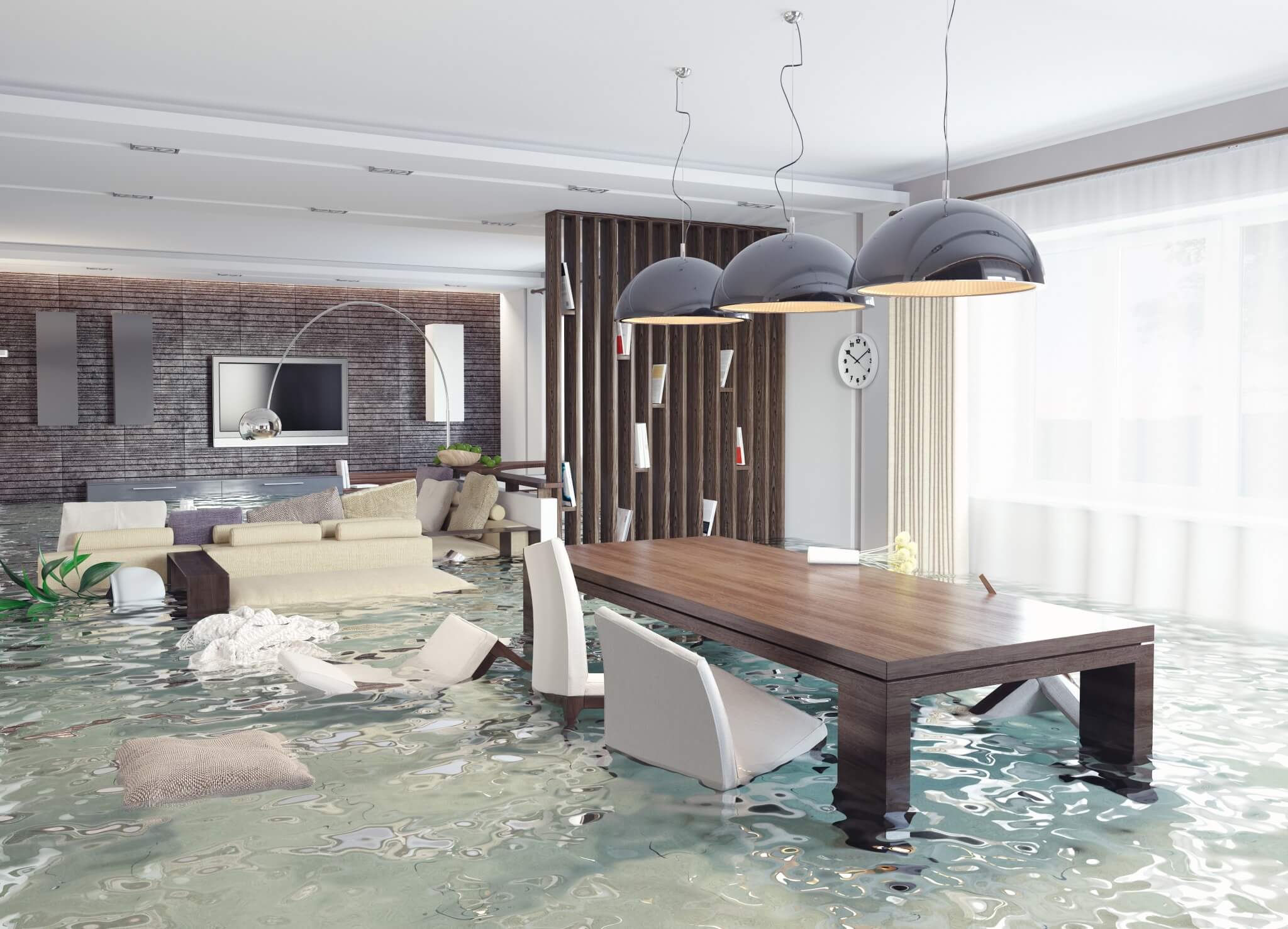6 Water Damage Remediation Do's and Don'ts.
6 Water Damage Remediation Do's and Don'ts.
Blog Article
The content below relating to Simple Solutions To Preventing Fire And Water Damage To Your Home is unquestionably enlightening. Don't miss out on it.

Water gives life, water intrusion on components where it's not expected to be can result in damage. Houses with water damages odor moldy and also old.
Water can come from numerous sources such as tropical storms, floodings, burst pipes, leakages, and sewer concerns. In case you experience water damage, it would be good to recognize some safety and security preventative measures. Right here are a few standards on exactly how to deal with water damages.
Do Prioritize Home Insurance Coverage Coverage
Water damages from flood because of hefty winds is seasonal. You can also experience an abrupt flooding when a damaged pipeline instantly ruptures right into your residence. It would be best to have residence insurance that covers both disasters such as natural calamities, and also emergency situations like broken plumbing.
Do Not Forget to Shut Off Utilities
In the event of a calamity, especially if you reside in a flood-prone location, it would be recommended to switch off the major electric circuit. This cuts off power to your entire residence, protecting against electrical shocks when water is available in as it is a conductor. Don't neglect to transform off the main water line shutoff. When floodwaters are high, furnishings will move around and create damage. Having the primary valve shut down protects against further damage.
Do Remain Proactive and also Heed Weather Informs
Pay attention to evacuation warnings if you live near a creek, river, or lake. Doing so minimizes prospective building damages.
Don't Disregard the Roof
Before the weather condition turns shocking, make certain you have a roof assessment. It would be prudent to obtain this solution yearly as it can minimize intricate problems. You can prevent rain damages if there are no openings and also leaks in your roofing system. Your roofer will also deal with defective gutters or any other signs of weakening. This will certainly prevent water from flowing down your wall surfaces and soaking your ceiling.
Do Focus On Little Leaks
A ruptured pipeline doesn't occur over night. Usually, there are red flags that suggest you have weakened pipes in your home. You might notice gurgling paint, peeling off wallpaper, water streaks, water spots, or leaking audios behind the wall surfaces. At some point, this pipeline will break. Preferably, you should not wait on things to escalate. Have your plumbing fixed prior to it results in massive damages.
Do Not Panic in Case of a Ruptured Pipeline
Keeping your clearheadedness is essential in a time of crisis. Stressing will just compound the issue due to the fact that it will suppress you from acting quickly. Timing is essential when it comes to water damage. The longer you wait, the more damage you can anticipate. Therefore, if a pipe bursts in your house, instantly shut off your primary water shutoff to remove the resource. Unplug all electric outlets in the location or transform off the circuit breaker for that part of the home. Finally, call a credible water damages reconstruction expert for assistance.
Water offers life, water invasion on components where it's not intended to be can result in damage. Houses with water damages odor old and moldy.
Water damages from flood dues to heavy winds is seasonal. You might see bubbling paint, peeling off wallpaper, water streaks, water discolorations, or dripping noises behind the wall surfaces. When it comes to water damage, timing is vital.
Some Do's & Don't When Dealing with a Water Damage
DO:
Make sure the water source has been eliminated. Contact a plumber if needed. Turn off circuit breakers supplying electricity to wet areas and unplug any electronics that are on wet carpet or surfaces Remove small furniture items Remove as much excess water as possible by mopping or blotting; Use WHITE towels to blot wet carpeting Wipe water from wooden furniture after removing anything on it Remove and prop up wet upholstery cushions for even drying (check for any bleeding) Pin up curtains or furniture skirts if needed Place aluminum foil, saucers or wood blocks between furniture legs and wet carpet Turn on air conditioning for maximum drying in winter and open windows in the summer Open any drawers and cabinets affected for complete drying but do not force them open Remove any valuable art objects or paintings to a safe, dry place Open any suitcases or luggage that may have been affected to dry, preferably in sunlight Hang any fur or leather goods to dry at room temperature Punch small holes in sagging ceilings to relieve trapped water (don't forget to place pans beneath!); however, if the ceiling is sagging extremely low, stay out of the room and we'll take care of it DO NOT:
Leave wet fabrics in place; dry them as soon as possible Leave books, magazines or any other colored items on wet carpets or floor Use your household vacuum to remove water Use TV's or other electronics/appliances while standing on wet carpets or floors; especially not on wet concrete floors Turn on ceiling fixtures if the ceiling is wet Turn your heat up, unless instructed otherwise

I hope you liked our excerpt on Safety Tips To Prevent Fire And Water Damage. Thanks so much for taking time to browse our piece. Don't hesitate to set aside a second to share this entry if you liked it. Many thanks for going through it.
Report this page